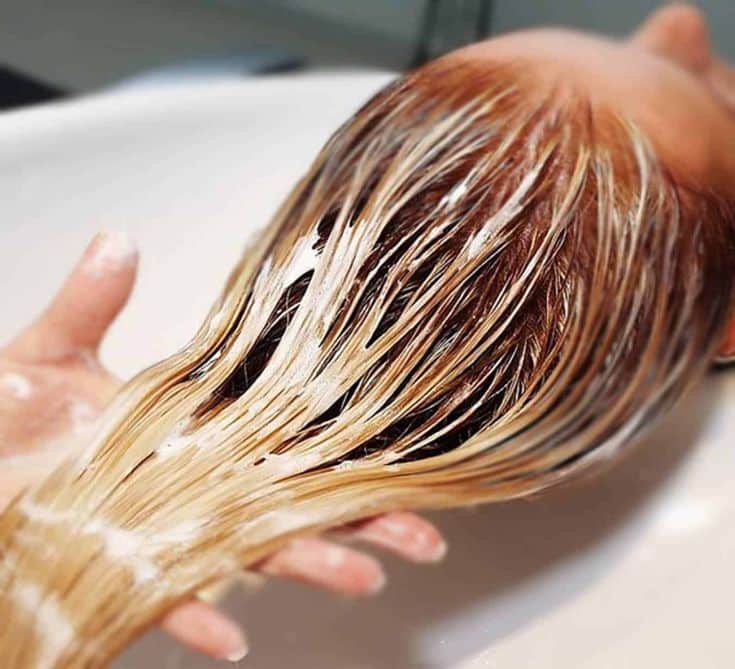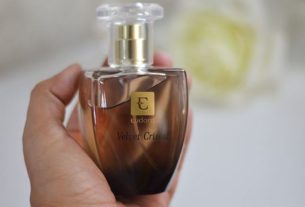Do you want to change your hair color more quickly and easily? Get to know hair stripping, find out how it works and what the precautions are.
Have you ever heard about hair stripping? For those who are always aware of the care of dyed locks, having some knowledge about the technique is essential. The chemical process is the salvation of those who regret dying their hair or simply want to change the color, but it is important to pay attention to the precautions of the procedure.
Hair stripping involves removing dye or artificial coloring from the hair, mostly dark tones, using chemicals. Similarly, despite being the solution for those who need to change color faster, the process is extremely aggressive and delicate. It works like a second chemical, almost like preparing the hair to receive dye again.
Even so, there is several important information regarding hair stripping that should be known in advance by anyone who wants to carry it out. Check below a general guide to the procedure that can prepare you for future use of the technique.
How to make?
Firstly, it is crucial to keep in mind that, if you are unsure about any of the steps in the process, you must take the matter to a professional at the salon, so that everything can be carried out safely. There are two possible recipes for stripping: using specific products for removing dye, strippers, or the classic bleaching mixture, which involves hydrogen peroxide and bleaching powder.
After making the recipe, the mixture is applied to the hair, leaving it to act for some time and then washing the hair. In the salon, next to the paint stripper, hot water is sometimes used. In this sense, the water temperature works as a minimizer of the product’s effect, if the lightening tone is not so apparent.
Because hair stripping works mostly with dark tones, if the dye is still too strong in the locks, it is recommended to repeat the process. It is possible to alternate between techniques, using the paint stripper once and the hydrogen peroxide mixture the other. If necessary, it is also possible to mix the product with an oxidant, so that it is possible to lighten the tone more easily.
Who should do hair stripping?
The procedure is highly recommended for those who have dyed locks. dark, and its structure was designed for this specific case. If you want to return the tone to a clearer opening, the technique is of great help. Despite this, it is important to remember that the darker it is, the more difficult it becomes to lighten. In some cases, such as black hair, it is necessary to carry out the process more than once, as the pigment may still remain in the strands for a long time.
In the case of red or orange hair, when hair stripping is carried out, the strands take on a blonde or platinum color. For those who already have blonde hair, both natural and dyed, it is not necessary to undergo the procedure. Blonde does not have the same amount of pigment as a dark or reddish tone.
When not to do it?
On the other hand, hair stripping should not be carried out if your hair is very dry or has undergone some straightening or volume reduction procedure. Initially, the technique on dry hair can make it even more fragile and porous, in addition to being at risk of chemical cutting. Chemical cutting, in turn, is the side effect of extreme aggression to the hair, which is the case of poor pickling application.
In the case of straightening and other chemical applications, the process is not recommended because the products used in a previous procedure and in hair stripping are incompatible, causing a negative shock that can result in weakened and broken strands.
Pickling care
There are a series of precautions that must be taken before, during and after the procedure. They vary between certain products that can help maintain healthy hair even under the effect of hair stripping, in addition to the necessary care that occurs after the process, such as maintaining a regular hair routine.
Along with the dye, stripping also takes elements that are crucial for the health of the hair, such as its nutrients, proteins and the water naturally present in it. Later, it will be necessary to recover them, preventing damage from external agents while the hair remains fragile. For this and other reasons, the hair schedule is extremely important, as it provides the necessary reconstruction, hydration and nutrition.
Furthermore, before any decision is made, it is essential that a strand test is carried out in the salon to eliminate any possibility of allergy to the products being used, as well as any incompatibility between the hair and the hair stripping chemistry.
Stripping x Shampoozed
Have you ever heard about shampoozada? Just like stripping, the technique is used to lighten hair, at least up to three tones. It is carried out by applying a bleaching shampoo or mixing it with the bleaching powder recipe and hydrogen peroxide.
As a result, the difference between the two procedures lies in their aggressiveness and their final objective. While hair stripping is considerably more aggressive, in addition to being only recommended for dark and reddish tones, shampooing can be carried out on hair of any color. Furthermore, unlike pickling, it is recommended if there is a need to change the tone with unsatisfactory results.
Along with this, shampooing can be carried out on damaged hair, as it is less aggressive. Hair stripping continues to require healthier strands and more care after the process.
If this article interested you, you might also like Hair dyes – How to interpret the numbers of dyes and toners
Sources: Hair, Women’s Tips, Stay Diva

Sign up for our newsletter and stay up to date with exclusive news
that can transform your routine!
Warning: Undefined array key "title" in /home/storelat/public_html/wp-content/plugins/link-whisper-premium/templates/frontend/related-posts.php on line 12
Warning: Undefined array key "title_tag" in /home/storelat/public_html/wp-content/plugins/link-whisper-premium/templates/frontend/related-posts.php on line 13




